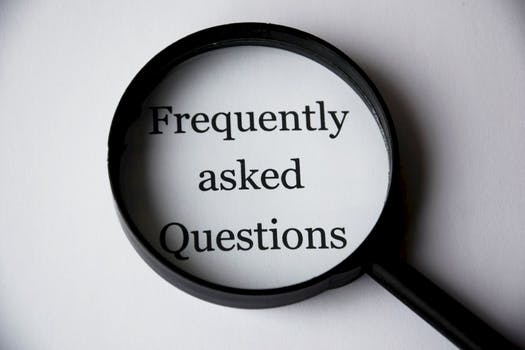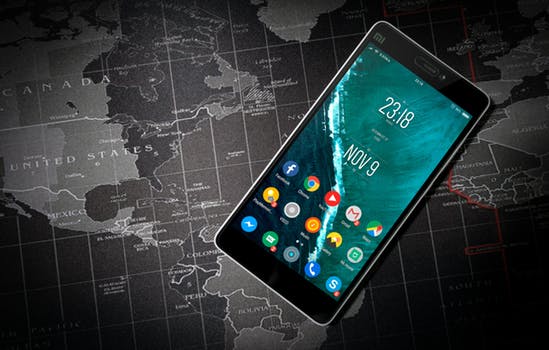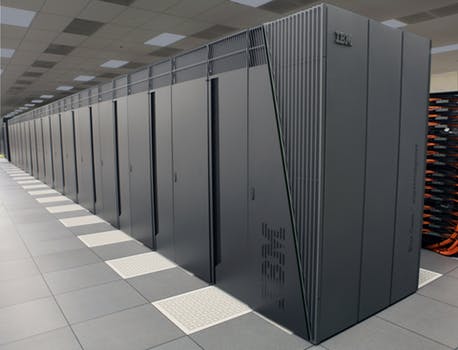TheDeveloperBlog.com
C-Sharp | Java | Python | Swift | GO | WPF | Ruby | Scala | F# | JavaScript | SQL | PHP | Angular | HTML
Joomla Control Panel
Joomla Control Panel with Joomla Introduction, Menus, Modules, Global Setting, History of Joomla, Features of Joomla, Installation, Toolbar, Architecture of Joomla, Create Menus etc.
Joomla Control PanelAs soon as you log in to the Joomla admin panel, you will be redirected into the Control Panel (Dashboard) screen. To access the control panel from any other page in the back-end, navigate to the "System > Control Panel" from the drop-down menu of Joomla Administrator Panel. It contains several default features and functions of Joomla to access through clickable icons, menu bars, etc. It will look like this: 
There is a side-bar containing several options which are used to access several functions such as Articles manager, Media manager, Menus, Modules, Users, Templates, Configurations, and Extensions. Check out the following list explaining these options and their functions: Content
This section includes four options, as mentioned below:
Structure
This section includes two options, as mentioned below:
Users
This part contains two options as given below:
ConfigurationIt contains three options as given below:
ExtensionsIt includes the following options:
MaintenanceThis part contains two options as given below:
These were the available options in the left sidebar under Control Panel. Except for sidebar, there are some other options available in the main area under Control Panel, which are as follows: Latest ActionsThis section will display all the most recent activities performed by the administrator. These activities include login activity and tracking, adding new articles, checking to contents, etc. Logged-in UsersThis section will display the administrators' names who have logged into the Joomla Site. Popular ArticlesThis section tracks the most viewed articles and put them in a sequence. An article having the highest views will be placed at the top of the list. Site InformationThis section includes all the details of the site, such as OS Name, version of PHP and MySQLi, Time, Caching, Gzip status, etc. It also displays the number of active users and the total number of published articles on the site. Recently Added ArticlesThis section displays all the published articles as well as the current articles that have been published recently.
Next TopicJoomla Taskbar
|
Related Links:
- Joomla Interview Questions (2021)
- Joomla Site Settings
- Joomla System Settings
- Joomla Server Settings
- Joomla Website Backup
- Joomla vs WordPress
- Joomla vs Drupal
- Joomla Update
- Joomla Hosting
- Joomla K2
- Joomla Tutorial
- Joomla Installaion on Windows
- Joomla Installation on Linux
- Joomla Adding Banner
- Joomla User Settings
- Joomla Media Settings
- Joomla Create Modules
- Joomla Module Types
- Joomla Templates
- Joomla Templates Manage
- Joomla Category Management
- Joomla Adding Articles
- Joomla Adding Menu Items
- Joomla Add Contacts
- Joomla Debug
- Joomla Login
- Joomla Control Panel
- Joomla Taskbar
- Joomla Toolbar
- Joomla Menus
- Joomla Extensions Menu
- Joomla Help Menu
- Joomla Create Menus
- Joomla Modify Menu Items
- Joomla Creating Submenus
- Joomla Private Messages and Emails
- Joomla Extension Manager and Plugin Manager
- Joomla Content Menu
- Joomla Components Menu
- Joomla Forum | Joomla Adding Forum


